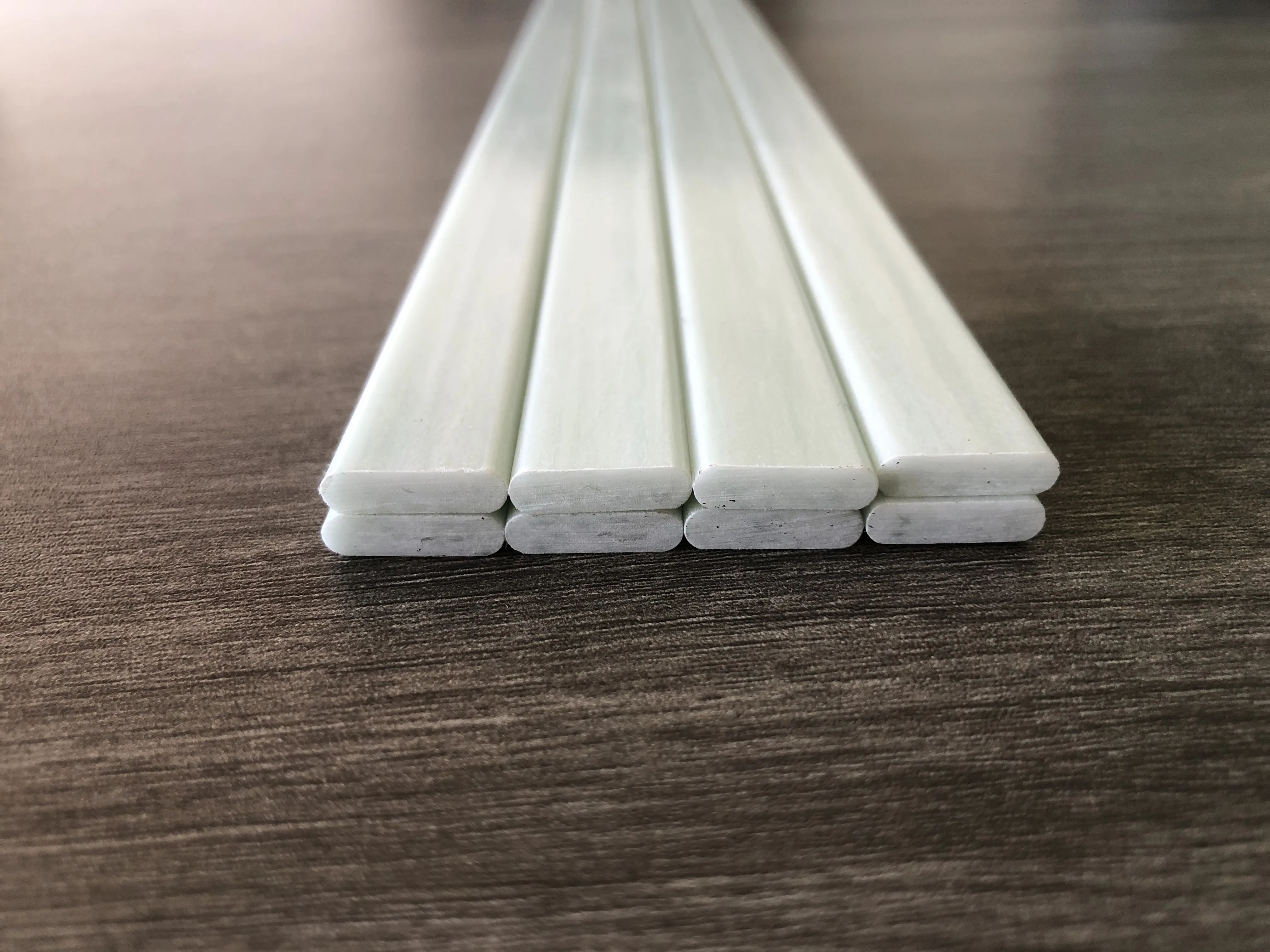loading...
- No. 9, Xingyuan South Street, Dongwaihuan Road, Zaoqiang County, Hengshui, Hebei, China
- admin@zjcomposites.com
- +86 15097380338
- Welcome to visit our website!
Exploring the Versatility and Applications of FRP Flat Bars in Modern Construction and Design
Understanding FRP Flat Bars A Versatile Solution for Modern Applications
Fiber Reinforced Polymer (FRP) flat bars have gained significant attention in various industries due to their unique properties and benefits. These composite materials comprise a polymer matrix reinforced with fibers, such as glass, carbon, or aramid. The resulting composite offers a combination of strength, durability, and lightweight characteristics that make FRP flat bars ideal for a wide range of applications.
Properties of FRP Flat Bars
One of the primary advantages of FRP flat bars is their excellent strength-to-weight ratio. Compared to traditional materials such as steel or aluminum, FRP is significantly lighter, which can reduce the overall weight of structures and components. This property is particularly beneficial in construction and transportation sectors where every kilogram matters.
Additionally, FRP flat bars demonstrate exceptional resistance to corrosion and chemical attack. Unlike metal counterparts, which can rust and degrade over time, FRP can withstand harsh environments, including marine, acidic, and alkaline conditions. This durability translates to a longer service life and lower maintenance costs, making FRP flat bars a cost-effective solution over time.
Another notable property is electrical insulation. FRP does not conduct electricity, which makes it an excellent choice for applications in electrical and telecommunications fields. This characteristic adds an extra layer of safety in environments where electrical hazards are present.
Applications of FRP Flat Bars
frp flat bar

The versatility of FRP flat bars allows them to be used in various industries. In construction, they serve as reinforcement elements in concrete structures, enhancing strength without adding excessive weight. FRP flat bars are particularly advantageous in bridge construction, where their lightweight nature helps to reduce the load on supporting structures.
In the marine industry, FRP flat bars are used for building components of boats and ships. Their resistance to water and chemicals makes them suitable for environments where metal might corrode. Similarly, in the oil and gas sector, FRP components are utilized in both offshore and onshore applications, where exposure to corrosive substances is a concern.
FRP flat bars are also making their mark in the transportation sector, specifically in the manufacturing of lightweight vehicles. By replacing heavier materials with FRP, manufacturers can increase fuel efficiency and enhance overall vehicle performance.
Furthermore, the architectural industry leverages FRP flat bars for aesthetic and functional applications. These bars can be molded into various shapes and sizes, allowing for creative designs without sacrificing strength. Their resistance to environmental factors makes them an ideal choice for architectural features that endure exposure to the elements.
Conclusion
In conclusion, FRP flat bars represent a remarkable advancement in materials technology, offering a combination of strength, lightweight characteristics, and resistance to corrosion. Their diverse applications span various industries, from construction to transportation and marine environments. As technology continues to evolve, the use of FRP materials is expected to expand, leading to innovative solutions that address modern engineering challenges. As we move towards more sustainable and efficient materials, FRP flat bars stand out as a key component in shaping the future of construction and design.
-
GRP Structures: The Future of Lightweight, High-Performance EngineeringNewsJun.20,2025
-
FRP Water Tank: High-Performance Storage for Corrosive and Clean Water SystemsNewsJun.20,2025
-
FRP Square Tube: The New Industry Standard for Chemical and Structural ApplicationsNewsJun.20,2025
-
FRP Pultruded Profiles: The Ultimate Choice for Lightweight Structural StrengthNewsJun.20,2025
-
FRP Handrails: The Safer, Smarter, and Stronger Choice for Modern InfrastructureNewsJun.20,2025
-
FRP Grating: The Smart Solution for Durable, Lightweight Industrial FlooringNewsJun.20,2025
-
Why Choose a Galvanized Water Tank for Your Storage NeedsNewsMay.21,2025
